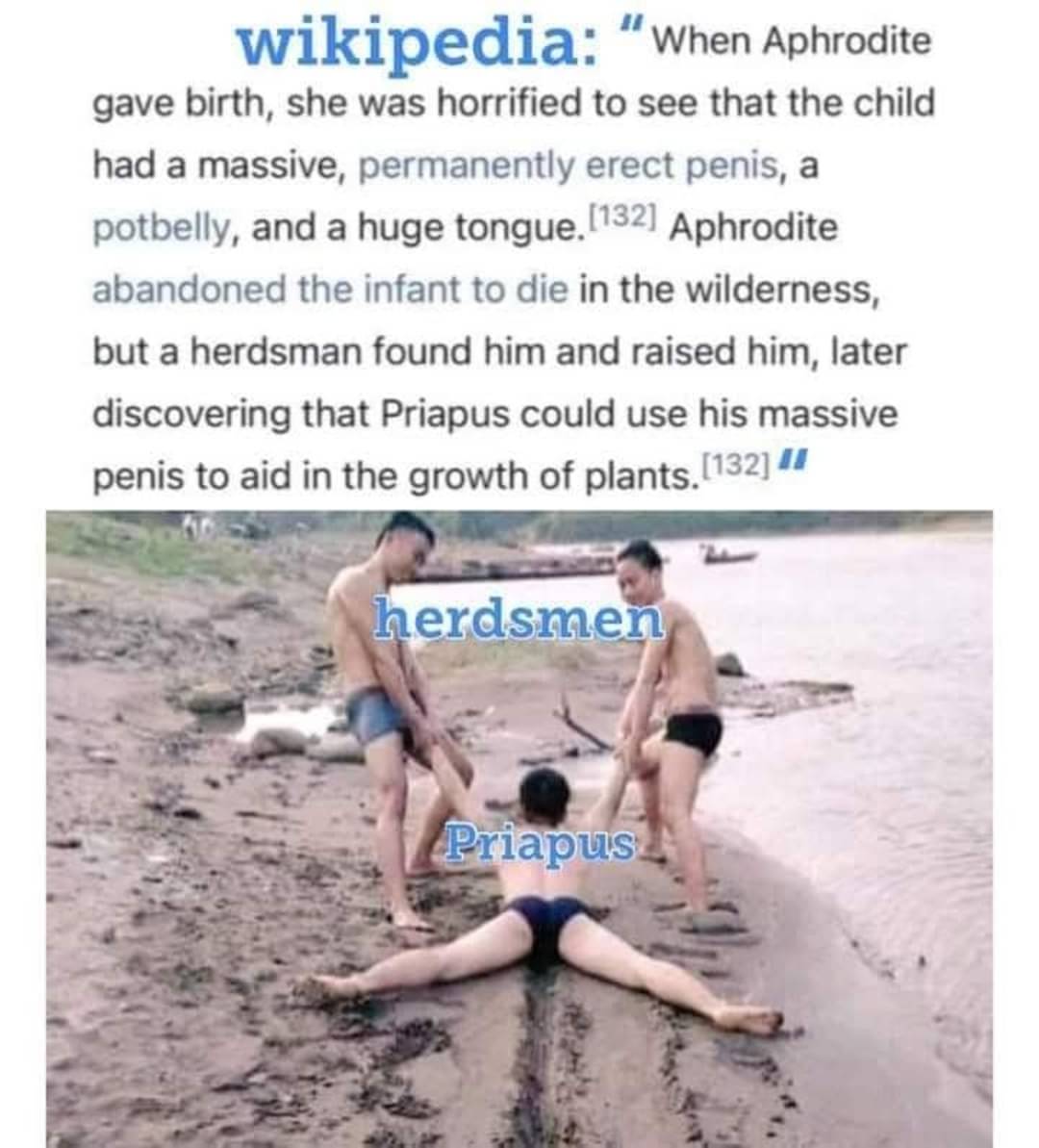Folklore, Myths, Legends, and Fairy Tales
851 readers
1 users here now
Welcome to c/Folklore @ Mander.xyz!
Notice Board
This is a work in progress, please don't mind the mess.
- 2023-06-13: We are looking for mods. Send a dm to @[email protected] if interested!
About
Rules
- Don't throw mud. Be kind and remember the human.
- Keep it rooted (on topic).
- No spam.
Resources
Tools:
Collections:
- Folklore and Mythology Electronic Texts Collection edited and/or translated by D. L. Ashliman
- Multilingual Folk Tale Database: 10k folk stories from all over the world
Similar Communities
Sister Communities
Science and Research
Biology and Life Sciences
Plants & Gardening
Physical Sciences
Humanities and Social Sciences
Memes
founded 2 years ago
MODERATORS
1
2
3
4
5
6
7
8
9
10
11
1
'Zeus made night from mid-day': Terror and wonder in ancient accounts of solar eclipses
(www.livescience.com)
12
14
15
16
17
18
1
Bigfoot: If it's there, could it be a bear? Study finds bigfoot sightings correlate with black bear populations
(zslpublications.onlinelibrary.wiley.com)
19
20
21
22
23
24
25
view more: next ›

